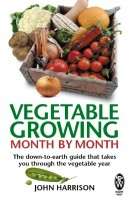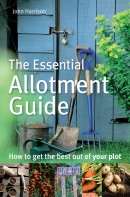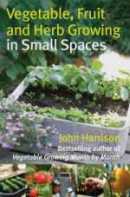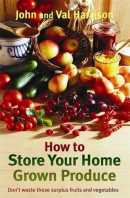By now the weather is cooling fast and the first frosts will probably hit this month so we move from the growing season of one year to the preparation for the next season.

October Sunshine on an Allotment
The late maincrop potatoes will be coming out of the ground now to store away. After the middle of the month it is probably not worth trying any green manure crops except for the field bean which can be sown as late as early November.
It’s not too late to plant out over-wintering onion sets, these are hardy and will overwinter producing a crop about a month earlier than the spring planted onions in theory. A cloche or fleece covering will get them off to a good start and stop the birds from pulling them out.
Planting Garlic
You can plant your garlic now although this job will hold over into November easily. If you have time and the weather is fine, it’s worth doing it when you can because who knows what November’s weather will be like?
Towards the end of the month you can sow broad beans for the earliest crop, all being well. It’s always more of a risk sowing at this time of year because in wet soil they may just rot rather than geminate Always sow a few spares in pots to fill in gaps in the row. If you are in a cold area or have a particularly wet and heavy soil it is probably not worth winter sowing, especially if you cannot provide cloches to cover them
Remove any yellowing leaves from over-wintering brassicas, they are of no use to the plant and will encourage botrytis to develop and slugs.
The greenhouse will basically finish this month. Remember that peppers, both chilli and sweet, that start green and then turn to colours can taste just as sweet or hot in their green state and may as well come out.
The runner beans will certainly finish this month as will any French beans. Where you’ve allowed the bean to develop in the pod, these should be dried out. Spreading the pods on the bench in the greenhouse to finish and then the shelled beans are dried further before being stored in air-tight jars for use in winter soups and stews
When the beans come off, cut the foliage at the base for the compost heap and leave the roots with their nitrogen store in the ground to release in the next year.
Cabbages can come up now too, they’ll keep remarkably well in that frost-free shed but beware the slug that may be lurking under the leaves. Sprinkling the outside with salt will deter them from eating away through the winter.
Manuring the Plot
As ground becomes vacant you can dig it over and spread manure over the surface. Leave the soil roughly dug in large clumps and the worms will break these up as they get the manure. The freezing and thawing of water in the soil will cause the soil to break up finely so becoming easier to handle in the spring.
Making Leafmould
If you don’t have a cage for your leafmould and want to make it, get started at the beginning of the month to be ready when they arrive. If you have one of the combined vacuum and shredders that sucks the leaves up and shreds them into a bag then your leafmould will be ready in late spring. It’s worthwhile being a good neighbour and clearing their leaves if they don’t want them because leafmould is a fantastic soil conditioner.
In The Greenhouse
If you are going to be using the greenhouse through the winter, you can now insulate it. Bubble wrap is good and will do the job. Don’t forget you will still need some ventilation or mould will run riot in the house.
You can also get a last sowing of hardy lettuce like Arctic King and grow them on in your greenhouse border to give you a salad whatever the weather.
Copyright © John Harrison who can also be found at his website Allotment Garden
Monthly Growing Guides
- Vegetable & Fruit Growing in January
- Vegetable & Fruit Growing in February
- Vegetable & Fruit Growing in March
- Vegetable & Fruit Growing in April
- Vegetable & Fruit Growing in May
- Vegetable & Fruit Growing in June
- Vegetable & Fruit Growing in July
- Vegetable & Fruit Growing in August
- Vegetable & Fruit Growing in September
- Vegetable & Fruit Growing in October
- Vegetable & Fruit Growing in November
- Vegetable & Fruit Growing in December




